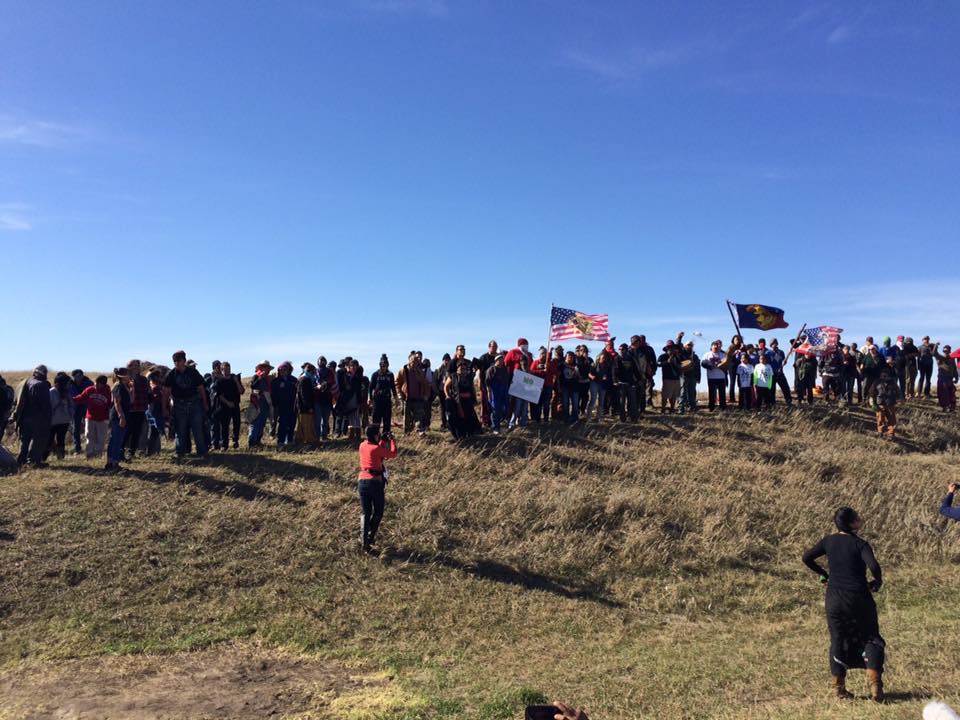It’s no secret that the world of social media can be a center for protest and activism. Over the past week or so, Facebook has become one of the leading ways for those who oppose the construction of the Dakota Access Pipeline to communicate their activism and dedication through the hashtag #noDAPL.
NoDAPL is the protest movement against the Dakota Access Pipeline, a 1,172 mile oil pipeline stretching from the Bakken oil fields in North Dakota all the way to Illinois. The pipeline is meant to carry massive amounts of crude oil across the Midwest. The plan for the pipeline’s construction was approved by the United States Army Corps of Engineers and final building permits were granted in July. The argument is that the pipeline will help wean the U.S. off of foreign oil and boost the economy. However, the Standing Rock Sioux Tribe opposes the project, as it threatens sacred sites and could lead to the contamination and pollution of drinking water and other types of environmental harm, as well.
In a show of support, more than one million people “checked in” at the Standing Rock Sioux Reservation on Facebook, with the majority of those checking in not physically at the reservation. This virtual stand of support for the Standing Rock Sioux came about on the heels of a rumor spouting that local police forces were observing the Facebook page to track protesters.
Where the rumor that police were using Facebook to track protesters and that people should check in to the page to confuse police came from is not known. However, it had an immediate viral effect—check-ins on the page increased exponentially. According to the Guardian, the number of check-ins on the Standing Rock page increased from 140,000 to 870,00 by Monday, Oct. 31. The number stands over 1.5 million as of Nov. 4.
The Morton County Sheriff’s Department, which oversees the protest area, said in a statement on Facebook on Oct. 31 that the report was “absolutely false” and that they do not track Facebook check-ins at the protest camp or anywhere else.
On Thursday, Nov. 3, protesters who had waded into the Cantapeta Creek just north of the Standing Rock Reservation were faced with resistance in the form of rubber bullets and tear gas. According to NBC News, while most witnesses described the scene as peaceful, the Morton County Sheriff released a press release saying that they had used less than lethal force and crowd dispersal methods after bottles were thrown at them by protesters.
While the Facebook check-ins might not have any effect on confusing police operations as the rumor speculated, the outpouring of support followed days after riot-gear-laden police arrested more than 140 protesters and shows how the #noDAPL movement is spreading.











